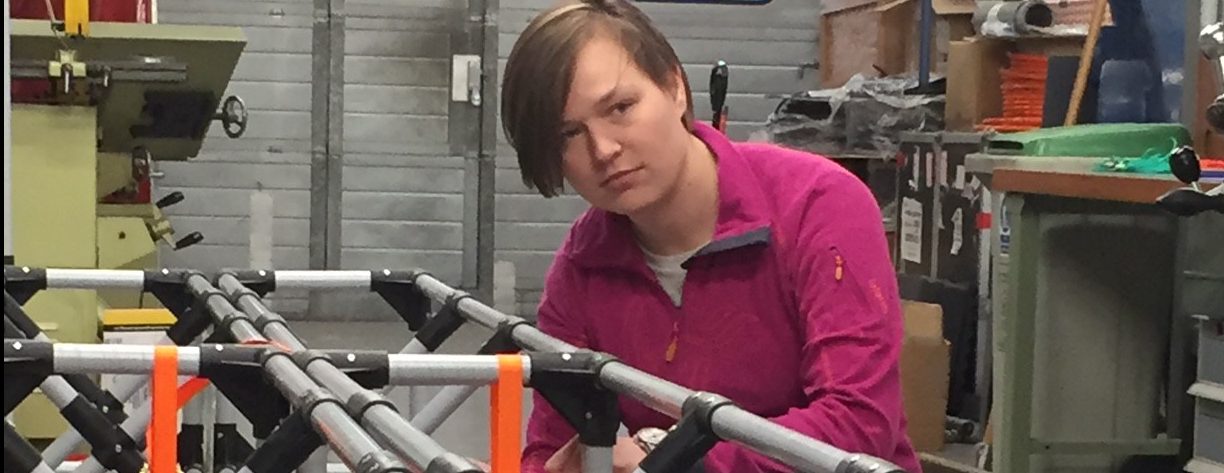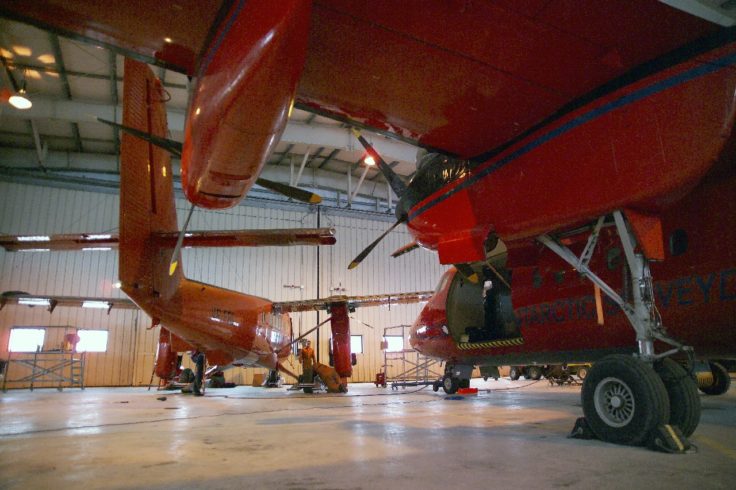Engineering and technology is critical to the success of polar research. Our world-leading research depends on the expertise of a wide range of specialists who work in Antarctica, onboard our ships, and in our Cambridge offices. Take a closer look at our engineering roles.
Mechanical engineering
Mechanical engineers work hand-in-hand with scientists to provide bespoke frontline science support across an exciting, diverse range of research programmes. Along with other specialist engineers, projects can include airborne survey systems (radar and cameras), meteorology instruments, hot water drilling equipment, ice coring machinery, space weather sensors such as very low frequency receivers, and even penguin weighbridges!
Mechanical engineers are based at Cambridge, and can be deployed on ships or stations, or into remote fieldwork locations.

Electrical engineering
Like mechanical engineers, electrical engineers work closely with scientists and other engineers to deliver unique pieces of equipment to support frontier science, as described above.
Electrical engineers are based at Cambridge, and are frequently deployed on ships or stations, or remote fieldwork locations.
IT engineering
IT engineers provide equipment and support for everyone in the organisation. Some IT engineers work alongside mechanical and electrical engineers on bespoke equipment for frontier science, as above. Others are service desk engineers and network engineers whose critical role is to keep business systems up and running.
Predominantly based in our Cambridge offices IT engineers acan also spend time on ships or stations in the polar regions.
Marine engineering
BAS employs two types of marine engineers: a Cambridge-based team who are responsible for refitting and maintenance of all the science, propulsion and navigation equipment onboard the ship; and mariners such as the Chief Engineer, 2nd, 3rd and 4th engineers who work at sea to ensure the ship’s equipment and systems run smoothly while on polar research or operational missions.
Aircraft Engineering
BAS operates two aircraft types (DHC-6 and DHC-7) primarily in the Antarctic, but also worldwide. BAS holds the necessary regulatory approved CAMO (Continued Airworthiness Management Organisation) function for these aircraft. As such BAS has a small cell of dedicated aircraft engineering management staff within the Air Unit, based at Cambridge, to assure continuous airworthiness compliance, oversight, control and give direction to our contracted aircraft engineers on any work necessary to maintain and assure continued airworthiness in service in the world’s most challenging operating environments. The direct aircraft scheduled maintenance and rectification is accomplished through our approved contracted aircraft engineering entities, currently based in Canada.

Vehicle mechanics
Operating stations and vehicles in extreme climates such as the polar regions requires skilled mechanics and technicians to maintain, repair and deploy vehicles including Snowmobiles, Pisten-Bullys and Bulldozers. Mechanics can be based at Cambridge for five months before being deployed to support operations in Antarctica.